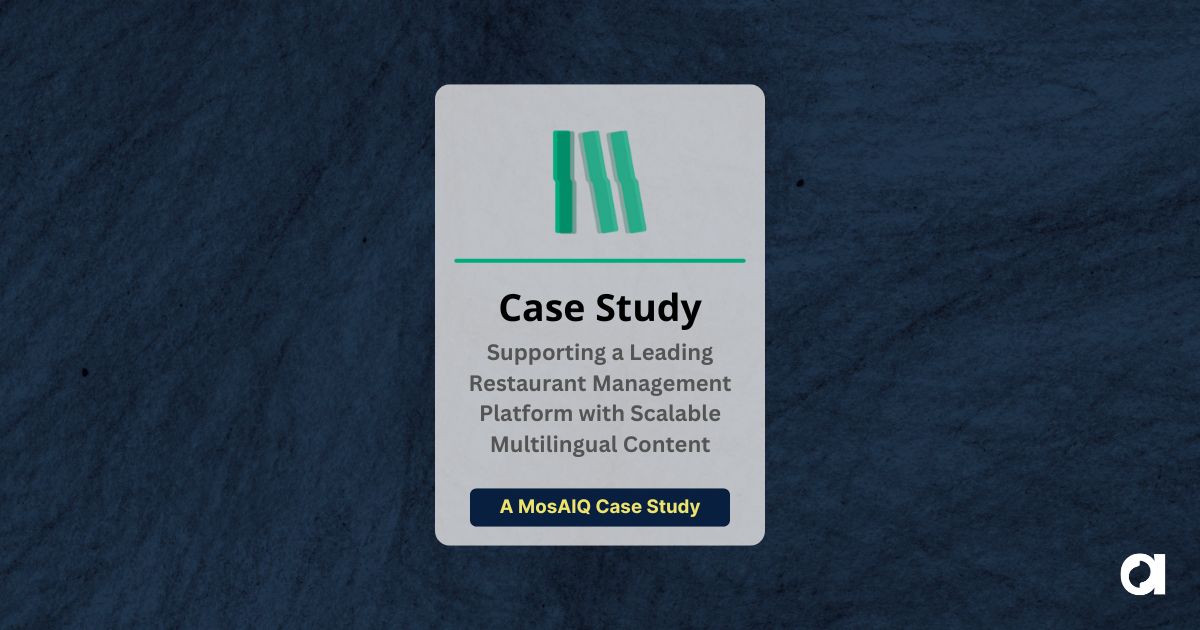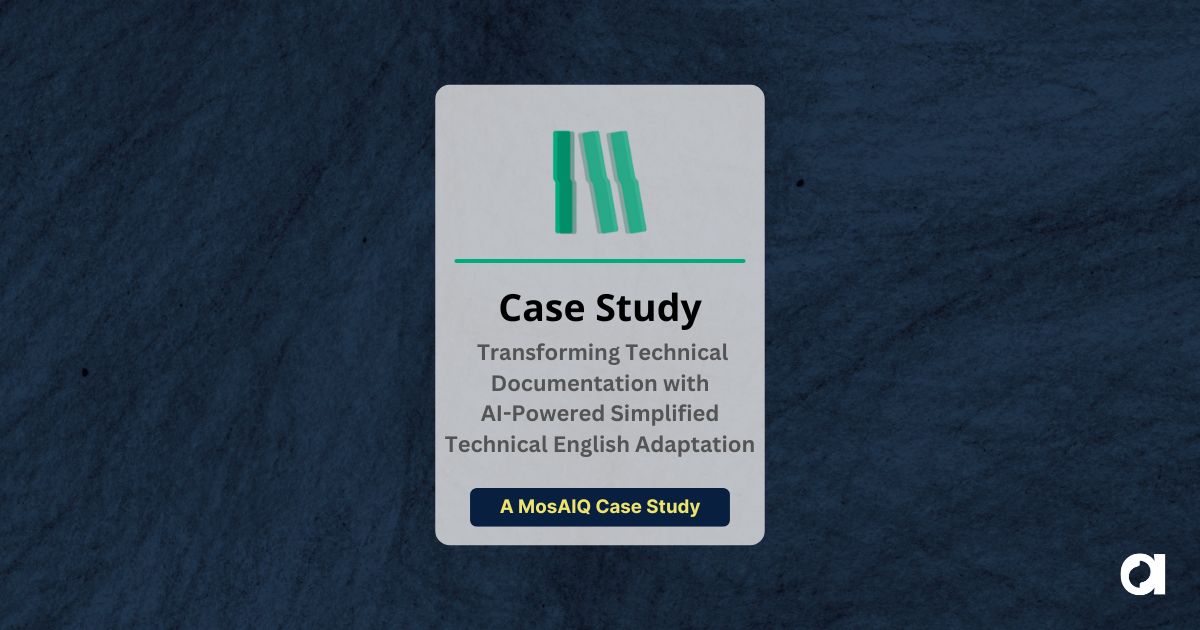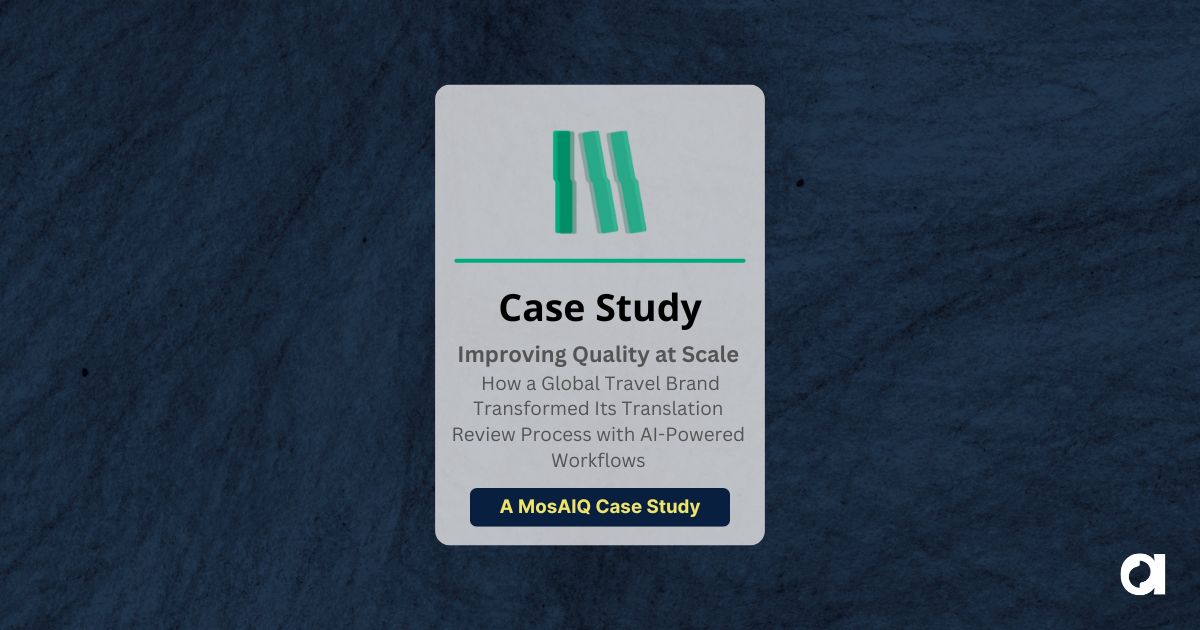No matter your business, your HR documents communicate your company’s culture. When your content is successfully translated and localized through certified HR translation services, it improves productivity. When it’s not, the result is a confused and disengaged workforce and potential legal liabilities.
Diversity contributes a lot to any organization. But maintaining a multinational and multicultural workforce means increased responsibilities for any company’s human resources (HR) department. Employment contracts for foreign employees, accurate job descriptions for global positions, employee regulations for foreign branches, and many other documents all need to be clear and understandable to every single employee, wherever they happen to be based. Get it wrong, and you could face multiple threats to corporate cohesion. Here are a few of the potential pitfalls.
Legal liabilities
If you have an important HR policy that needs to mean the same thing in every region where you operate, a miscommunication could cost you a lot more than just a little embarrassment – it could land you in trouble with local legislation and employment law. Many countries have requirements about the official language of documentation, and in bilingual countries (such as Canada, for example) some provinces request English as the language of all company documents and polices, while others insist on French. It’s important to stay up to date on legislative changes that affect your target markets.
A disengaged workforce
If you’ve ever worked in a multinational corporation, you know that the “one size fits all” standard should never be applied to HR documents and employee communications. “When I talked to European employees of one Global 100 company about its intranet, they sincerely believed the channel was for American employees only,” says Ray Walsh, an American communications consultant based in Prague. “The content was so irrelevant to their experience, they assumed they shouldn’t even be looking at it.”
Taking advantage of translation and localization services to deliver your company communications in multiple languages makes sure that all employees feel equally valued, and a culture where everyone feels valued makes for a productive company. It’s a clear way of showing respect for diversity. It also shows that you are trying to engage all employees on the same level.
Lower productivity
Offering documents such as employee manuals, benefits plans, training programs, and compliance, workplace safety, and insurance documents in the languages employees speak will give them control over finding and researching the information they need and reduce their dependence on HR employees.
The Argos difference
It should be clear by this point that translating HR content presents a unique set of challenges. Simply translating a few business English phrases directly without understanding the nuances behind them isn’t good enough. When your HR team needs to translate employee communications, they need a partner in place that will communicate not just the words but the intent behind them. When you collaborate with Argos Multilingual, you’ll have an experienced partner on your team ready to help you control the tone of your content across multiple languages – without jeopardizing the inclusive corporate culture you’ve worked hard to build.
Want to know more?
 Argos Multilingual
3 min. read
Argos Multilingual
3 min. read
Avoid the temptation to use these acronyms interchangeably – natural language generation (NLG), natural language processing (NLP), and natural language understanding (NLU) are related but distinct. In 1950, the notorious mathematician and computer scientist Alan Turing created what we now know as the “Turing Test”, which states that if a machine can have a conversation […]

 Argos Multilingual
3 min. read
Argos Multilingual
3 min. read
We demand transparency from our governments, from our banks, and in our relationships. It should come as no surprise that clients are seeking greater transparency in the translation process as well. Here are 4 characteristics of a transparent client-translator relationship. Like so many things in life, transparency only works when it flows both ways. If […]











